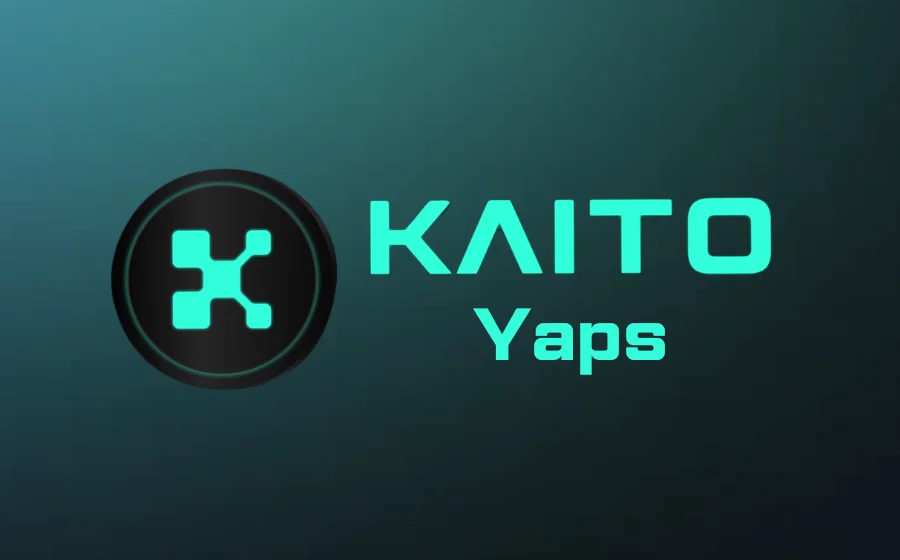
KEYTAKEAWAYS
- Yield farming enables users to earn passive income by providing liquidity in DeFi platforms.
- Learn about how it works, its risks, and the best platforms to start yield farming today.

CONTENT
Yield farming is a popular method in decentralized finance (DeFi) that allows users to earn rewards by staking or lending their crypto assets. This guide covers how yield farming works, its benefits, risks, and top platforms.
Yield farming has emerged as one of the most popular strategies within the decentralized finance (DeFi) ecosystem. For those unfamiliar, yield farming refers to the practice of earning rewards by staking or lending cryptocurrencies in decentralized applications (dApps). By participating in yield farming, individuals can generate passive income by providing liquidity to the platforms. In this article, we’ll explore the basics of yield farming, how it works, the risks and rewards, and the platforms that offer the best opportunities for yield farmers.
>> Also read: What is DeFi? A Comprehensive Guide to Decentralized Finance
UNDERSTANDING YIELD FARMING
Definition of Yield Farming
Yield farming is the process of lending or staking your cryptocurrency assets in exchange for interest or rewards in the form of additional cryptocurrency. These rewards come from fees that other users pay to borrow or trade within a given platform. It’s similar to earning interest on a traditional savings account, but with higher returns and higher risks.
In the DeFi space, yield farmers provide liquidity to decentralized platforms by contributing tokens to liquidity pools. In return, they earn fees and interest from the pools, along with incentives like governance tokens, which may increase in value over time.
>> Also read: What Is Crypto Staking?: Overview, How It Works, & Future
The Evolution of Yield Farming
Yield farming became mainstream with the rise of decentralized finance. It began with platforms like Compound, which started offering COMP tokens as incentives for liquidity providers. Yield farming’s appeal grew rapidly as liquidity providers realized they could earn high returns from the process. Soon after, other DeFi protocols like Uniswap, Aave, and Sushiswap followed suit, making yield farming a cornerstone of the DeFi landscape.
HOW YIELD FARMING WORKS
Liquidity Providers (LPs) and Liquidity Pools
In yield farming, liquidity providers (LPs) are individuals who contribute their tokens to liquidity pools. A liquidity pool is essentially a smart contract that holds funds, enabling decentralized trading, lending, and borrowing. These pools are vital to decentralized exchanges (DEXs) like Uniswap, as they allow users to trade tokens without relying on a centralized authority.
LPs are compensated for their contributions through trading fees or interest. For instance, in Uniswap, users can add their tokens to a liquidity pool and earn a portion of the transaction fees generated by trades made within that pool.
Yield Calculation in Yield Farming
When it comes to yield farming, rewards are typically calculated using either the Annual Percentage Yield (APY) or the Annual Percentage Rate (APR). APY takes compound interest into account, whereas APR only reflects the rate of return. The yields vary greatly depending on the platform and the assets being farmed. Factors such as liquidity demand, token volatility, and overall market conditions influence the rewards earned through yield farming.
>> Also read: APR vs APY in Crypto: What’s the Difference?
BENEFITS OF YIELD FARMING
High Returns
One of the most attractive aspects of yield farming is the potential for high returns, especially when compared to traditional financial systems. By staking or lending cryptocurrencies, users can earn significantly higher interest rates than they would through conventional banking or investment options.
DeFi platforms are incentivized to offer high yields to attract liquidity. Many platforms also distribute native governance tokens as part of their rewards, which can further increase the profitability of yield farming when those tokens appreciate in value.
Flexibility
Yield farming offers flexibility that traditional financial instruments lack. Users can quickly move their funds from one platform to another to chase higher returns. Additionally, many DeFi platforms allow yield farmers to compound their rewards automatically, further enhancing their earnings potential.
Because DeFi operates on blockchain technology, the process is global, meaning that anyone with an internet connection can participate in yield farming, regardless of their location.
RISKS ASSOCIATED WITH YIELD FARMING
Impermanent Loss
Impermanent loss occurs when the value of tokens provided in a liquidity pool changes relative to their original value when deposited. If the price of a token fluctuates significantly, the liquidity provider might lose out compared to holding the tokens in a wallet. This loss is called “impermanent” because it only becomes permanent when the liquidity is withdrawn from the pool. However, the potential for impermanent loss is one of the most significant risks associated with yield farming.
Smart Contract Risks
Yield farming operates on smart contracts, which are pieces of code that automate financial transactions on the blockchain. While these contracts are designed to be secure, vulnerabilities or bugs can exist. In the past, certain DeFi platforms have been exploited due to flaws in their smart contracts, leading to significant losses for liquidity providers.
Smart contract audits can reduce these risks, but they do not eliminate them entirely. Users must be aware that the security of their funds ultimately depends on the integrity of the platform’s code.
Market Volatility
Cryptocurrency markets are highly volatile, and yield farming is no exception. While yield farming can offer high returns, the price of the tokens staked in the platform can also drop significantly, reducing overall profitability. If the value of the tokens declines faster than the rewards accumulate, yield farming can lead to losses rather than gains.
POPULAR YIELD FARMING PLATFORMS
Compound
Compound is a decentralized lending platform that allows users to lend and borrow cryptocurrencies. It was one of the first platforms to introduce yield farming by distributing COMP tokens to liquidity providers. Users can earn interest on their deposits and additional rewards in the form of COMP, which is Compound’s governance token.
Uniswap
Uniswap is a decentralized exchange that facilitates the trading of ERC-20 tokens. It relies on an automated market-making (AMM) system, allowing users to become liquidity providers. In exchange for providing liquidity, users earn a portion of the trading fees generated within the liquidity pool. Uniswap is widely regarded as one of the most successful platforms for yield farming.
Aave
Aave is another popular DeFi platform for yield farming. It offers various yield farming strategies and allows users to lend and borrow multiple cryptocurrencies. What sets Aave apart is its introduction of “flash loans,” which allow users to borrow large sums of money without needing to provide collateral, provided the loan is repaid within the same transaction.
Sushiswap
Sushiswap is a decentralized exchange that operates similarly to Uniswap. However, it offers additional incentives for yield farmers, such as its native token, SUSHI. Users can stake SUSHI tokens to earn even more rewards, making Sushiswap an attractive platform for yield farming enthusiasts.
STRATEGIES FOR SUCCESSFUL YIELD FARMING
Diversifying Yield Farming Investments
To minimize risks, yield farmers should consider diversifying their investments across multiple platforms and pools. This strategy can help mitigate the impact of impermanent loss or smart contract failures on a single platform.
Monitoring APY Rates
Yield farmers should regularly monitor the APY rates offered by different platforms. APYs can change rapidly due to fluctuations in liquidity and token demand. Keeping track of these changes allows yield farmers to optimize their returns by switching to pools that offer higher rewards.
Risk Management
Yield farmers need to employ risk management strategies to protect their investments. This includes understanding the risks associated with each platform, keeping an eye on market conditions, and avoiding overexposure to highly volatile assets.
THE FUTURE OF YIELD FARMING
Innovation in DeFi
The DeFi space is continually evolving, and yield farming is expected to remain a significant part of it. As more financial products are integrated into DeFi protocols, yield farming strategies will likely become more sophisticated, offering even more opportunities for investors.
Regulation of Yield Farming
As yield farming grows in popularity, it is also attracting the attention of regulators worldwide. Governments are increasingly looking to regulate DeFi platforms, which could impact how yield farming operates in the future. Regulatory clarity could benefit the industry by providing more security for participants, but it may also introduce limitations to the current level of flexibility and returns that yield farming offers.
CONCLUSION
Yield farming is a powerful tool in the world of decentralized finance, offering opportunities for both high returns and significant risks. By understanding how yield farming works and employing strategies to manage risks, users can potentially benefit from this innovative financial strategy. However, yield farming is not without its challenges, and individuals must exercise caution, diversify their investments, and stay informed about market conditions to succeed.
>> Also read: 14 Ways To Earn Passive Income With Crypto in 2024


















